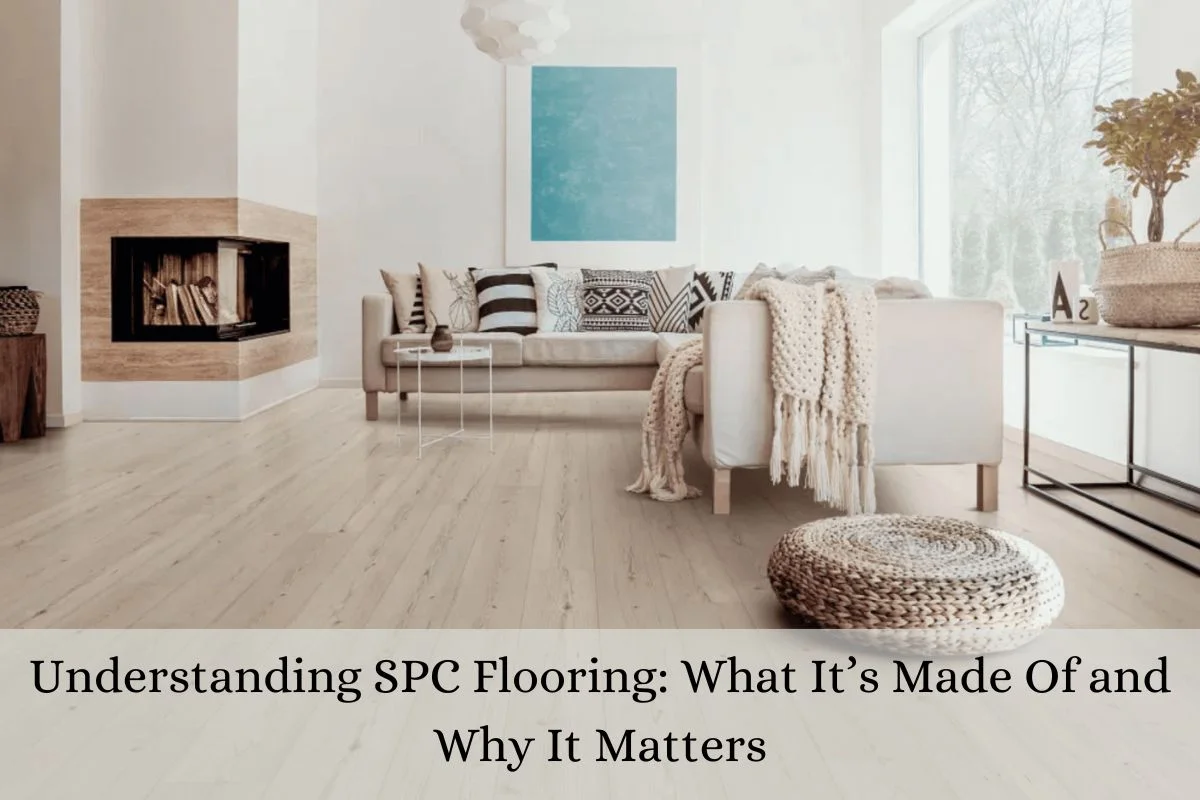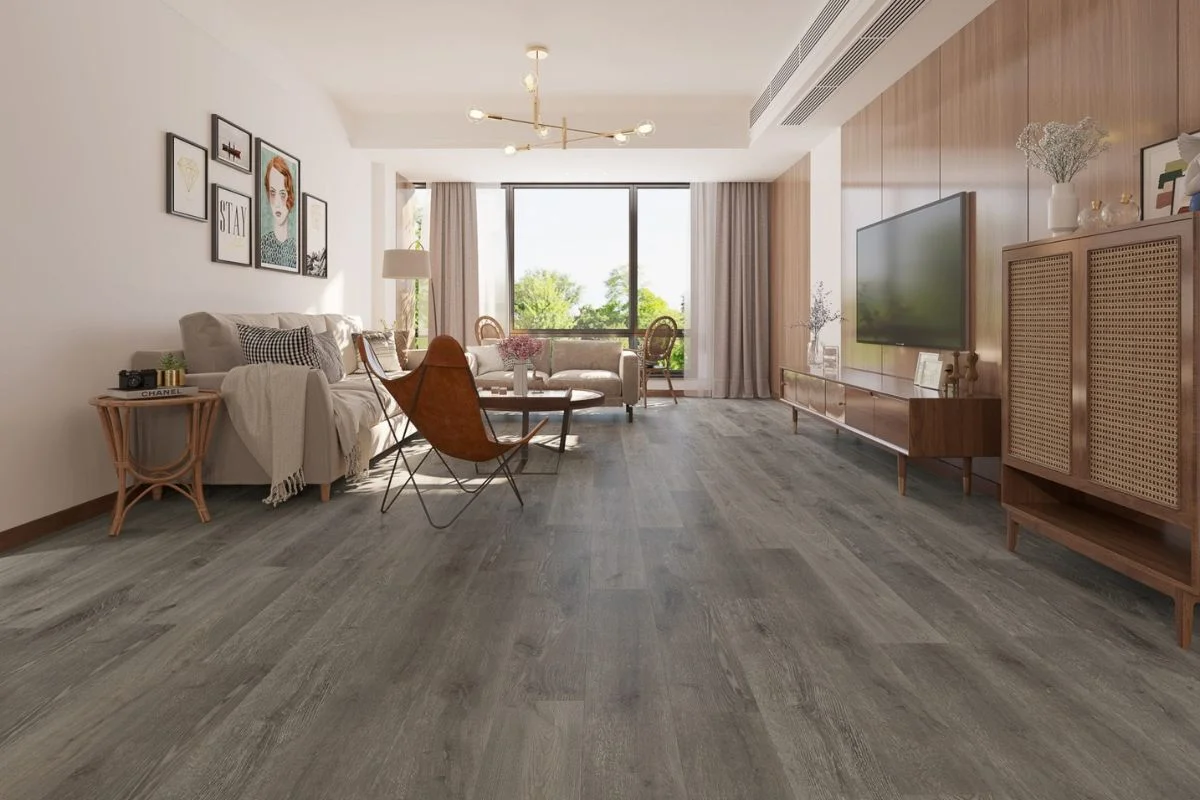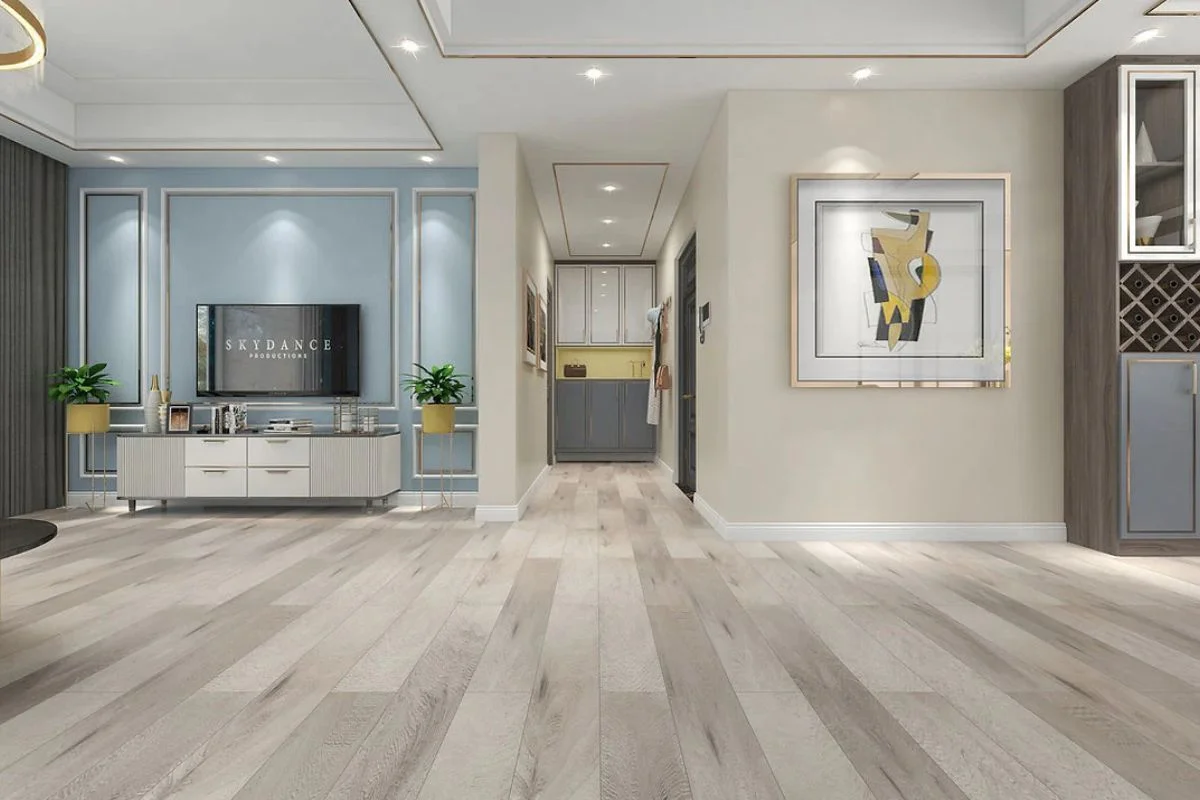
Understanding SPC Flooring: What It’s Made Of and Why It Matters
In the ever-evolving world of flooring options, SPC (Stone Plastic Composite) flooring has emerged as a popular choice for homeowners and commercial spaces alike. Combining the durability of stone with the practicality of vinyl, SPC flooring offers an innovative solution that meets various aesthetic and functional needs. But what exactly is SPC flooring made of, and why does its composition matter? Understanding the materials and technology behind SPC flooring can help you make informed decisions about your flooring options, ensuring that you select a product that is not only visually appealing but also resilient and suitable for your specific environment. This article will delve into the components that make up SPC flooring, exploring its unique benefits and why it stands out in today’s flooring market.
Definition of SPC Flooring
SPC (Stone Plastic Composite) flooring is an innovative flooring solution designed to combine the durability of stone with the versatility of vinyl. It features a rigid core structure made from a blend of limestone and polyvinyl chloride (PVC), resulting in a highly resilient product. Unlike traditional laminate or hardwood flooring, SPC flooring is waterproof and resistant to moisture, making it ideal for areas prone to spills or humidity. Available in various styles and finishes, SPC flooring can mimic the appearance of natural materials while providing superior performance, making it a popular choice for both residential and commercial spaces.
Composition of SPC Flooring
SPC flooring consists of several key components that contribute to its performance. The core is made from a mixture of stone powder and PVC, which provides strength, stability, and durability. The wear layer, typically made of transparent PVC, protects against scratches, dents, and stains, ensuring longevity. Beneath the wear layer is the design layer, which features printed visuals that replicate the look of wood, stone, or other materials. This multi-layer construction allows SPC flooring to maintain its aesthetic appeal while offering practical benefits, making it a reliable choice for various applications.
Manufacturing Process
The manufacturing process of SPC flooring involves several crucial steps to ensure quality and performance. Initially, raw materials like limestone and PVC are mixed and heated to create a uniform compound. This mixture is then extruded into sheets, which are cooled and cut to the desired dimensions. Next, the design layer is printed onto the core, followed by the application of a wear layer to enhance durability. Finally, the flooring is inspected for quality and packaged for distribution. This meticulous process ensures that SPC flooring meets industry standards for strength, resilience, and aesthetic appeal.
Advantages of SPC Flooring
SPC flooring offers numerous advantages that make it a preferred choice among homeowners and businesses. Its waterproof nature allows it to withstand spills and moisture, making it suitable for kitchens, bathrooms, and commercial spaces. The flooring is also highly durable, resisting scratches and dents, which is particularly beneficial in high-traffic areas. Installation is straightforward, often featuring a click-lock system that eliminates the need for glue or nails. Additionally, SPC flooring requires minimal maintenance, requiring only regular cleaning to keep it looking new. These benefits combine to create a practical and stylish flooring option.
Applications of SPC Flooring
SPC flooring is versatile and suitable for various applications, making it a popular choice across different environments. In residential settings, it can be installed in living rooms, kitchens, and bathrooms, providing a durable and water-resistant surface. Its design options allow homeowners to achieve the aesthetic they desire without compromising on performance. In commercial spaces, SPC flooring is ideal for offices, retail stores, and healthcare facilities, where resilience and ease of maintenance are crucial. Its ability to withstand heavy foot traffic and spills makes it a reliable choice for both residential and commercial applications.
Comparison with Other Flooring Types
When comparing SPC flooring to other flooring options, several distinctions emerge. Unlike laminate flooring, which can be susceptible to moisture, SPC flooring is entirely waterproof, making it suitable for areas with high humidity. In contrast to hardwood flooring, SPC offers similar aesthetics but at a lower price point and with significantly less maintenance. While luxury vinyl tile (LVT) shares some characteristics with SPC, SPC generally has a thicker core, providing added stability and durability. These differences highlight why SPC flooring is an attractive choice for those seeking quality, performance, and affordability in their flooring solutions.
Environmental Impact
SPC flooring is increasingly recognized for its eco-friendly attributes, contributing to its popularity among environmentally conscious consumers. Many manufacturers use recycled materials in their SPC compositions, reducing waste and promoting sustainability. Additionally, SPC flooring is free from harmful chemicals such as formaldehyde, making it a safer choice for indoor air quality. Some brands also adhere to strict environmental certifications, ensuring that their products meet sustainability standards. By choosing SPC flooring, consumers can enjoy the benefits of durable, aesthetically pleasing flooring while also making a positive impact on the environment.
Installation Considerations
Installing SPC flooring is generally straightforward, but several considerations can enhance the process. First, it’s crucial to ensure the subfloor is clean, dry, and level to achieve a proper installation. SPC flooring often features a click-lock installation system, allowing for quick and easy assembly without glue or nails. It is recommended to acclimate the flooring in the installation area for at least 48 hours before laying it down to minimize expansion or contraction. Additionally, utilizing underlayment can help reduce noise and provide additional cushioning, improving overall comfort underfoot and enhancing the flooring’s performance.
Maintenance and Care
Maintaining SPC flooring is simple and requires minimal effort to keep it looking new. Regular cleaning involves sweeping or vacuuming to remove dirt and debris, followed by mopping with a damp cloth or mop. Avoid harsh chemicals that can damage the wear layer; instead, use a pH-neutral cleaner designed for vinyl flooring. It’s also essential to place mats at entryways to minimize dirt and moisture entering the space. Addressing spills promptly will help prevent stains and maintain the floor’s appearance. With proper care, SPC flooring can retain its beauty and durability for many years.
Conclusion
In conclusion, SPC flooring stands out as a versatile and practical flooring solution that combines durability, aesthetic appeal, and ease of maintenance. Its unique composition of stone powder and PVC ensures water resistance and longevity, making it suitable for a wide range of applications. By understanding its advantages, composition, and care requirements, homeowners and businesses can make informed choices that align with their specific needs. SPC flooring not only meets the demands of modern living but also offers a stylish option for enhancing any space, ensuring satisfaction for years to come.





0 comments